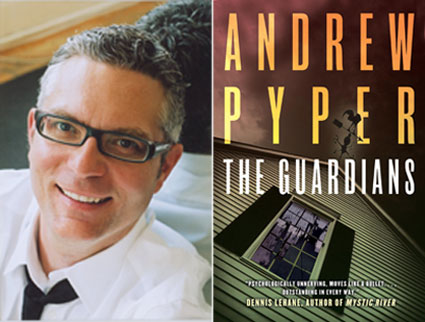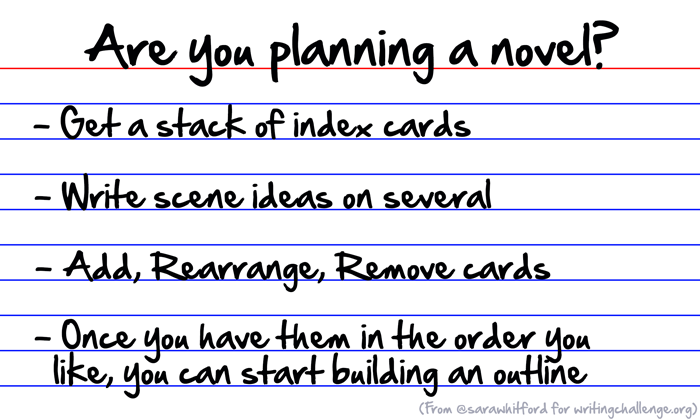Every writer has a different approach to planning their work. Some claim not to plan at all: they just have an idea, start with a blank page and ‘Chapter 1’ and go from there. How they do it, and make it work, I have no idea.
The rest of us will need to do more merely thinking ahead. There’s so much to juggle, setting – both time and place, research where necessary and how much of it to use, and – probably the most important – characters and their backstories. Maybe some people can hold all that in their heads or a few scraps of paper, but I can’t.
Of course there are apps and software that you can use, to organise everything and make it easier to access and use. I have tried to use Scrivener, more than once, but having started my writing in the old days using just a Word document for each chapter, that’s the only way that seems to work for me. Although I started writing fiction only a few years ago I’d spent my professional life before that writing documents, papers, and books too using Word and the habit was too deeply ingrained to change.
My first novel was a planning disaster, with failed attempts to develop a complex story without a clear consistent idea of chronology and how the different threads of the story would weave together. It took two years to salvage the chaotic first draft and I never want to go through that again. Then, on a wet Saturday in Winnipeg, I heard an ad. on the radio for a talk at the central library by Andrew Pyper, an author from Toronto. I braved the rain and walked into town from Osborne Village and wondered whether it would be worth it. It was, definitely.
attempts to develop a complex story without a clear consistent idea of chronology and how the different threads of the story would weave together. It took two years to salvage the chaotic first draft and I never want to go through that again. Then, on a wet Saturday in Winnipeg, I heard an ad. on the radio for a talk at the central library by Andrew Pyper, an author from Toronto. I braved the rain and walked into town from Osborne Village and wondered whether it would be worth it. It was, definitely.
When Pyper talked us through the way he puts the key events, people, twists, conversations, climaxes, scenes on separate sheets and then pins them up on a wall, it was all so obvious. Think of the big boards they have in police investigations, with photos and names and events, arrows, links, questions and ideas, and you’ve got an image of a plan for a novel. It’s a form of simultaneous visual display: you can see links and connections that don’t present themselves from a ‘list’. This may have something to do with the way our minds work: I happen to be a visual thinker, and quite random sometimes, so this form of display will probably work well for me.
This way of working is useful for developing the structure of the novel too.  If you’ve got the key points of the story on separate cards you can move them around, arrange them into a time line, into chapters and then into ‘Acts’, either three or five. If you’re not sure what that’s about, Google it and you’ll find endless advice, diagrams, and so on. It’s the way most movies are constructed, and has seeped into the structures of others genres too.
If you’ve got the key points of the story on separate cards you can move them around, arrange them into a time line, into chapters and then into ‘Acts’, either three or five. If you’re not sure what that’s about, Google it and you’ll find endless advice, diagrams, and so on. It’s the way most movies are constructed, and has seeped into the structures of others genres too.
I did warn you I’m a random thinker! So you won’t be surprised that I want to go backwards for a moment, to the very inception of the story, way before you get to the storyboard stage. Something has to spark you off. Pyper calls this the ‘what if’ stage: you read a piece in a newspaper and ask yourself, ‘What if that happened in the last century, not now?’ or ‘What if the key person was young and female not old and male?’ or ‘What if there was a storm and all phone and email communication was lost?’ or ‘What if DNA hadn’t been discovered when the story happened?’ or ‘What if you write this in the first person, not the third person?’
The ‘what if’s’ are endless. I recall that Pyper asked members of the audience to sum up their story in twenty five words and tell us. He then took ‘what if’ questions from the audience, and what a creative five minutes that was. You could see sparks flying all round the room. I asked the inevitable question: ‘Has Pyper ever written all this down, so we could go over it again?’ No, he never had. So all you’ve got is what I’m conveying here, although I’m sure other authors operate in much the same way and have written books about their writing process that I haven’t read.
So, you have an idea, twist it around with ‘what if’s’ to make it more interesting, start thinking about characters – their appearance, clothes, gait, speech, passions and fears, then weave them together and place them in a time and a place, and see what happens.
When you’ve got this far, go to the next stage, the ‘storyboard’ and the structure, and when you start to write, start at the beginning. I know it’s tempting to start on a big scene that’s set somewhere in the middle or right at the end, but you could be wasting an awful lot of time. I know, I did.
Just a caveat about planning too tightly…no matter what you plan on the page, and how detailed may be your vision of an ending, don’t assume that it will all work out exactly as you envisaged. When you get into the detail of your writing things will occur to you for the first time. Your characters may say something that throws the scene into a different direction, and from that all sorts of unanticipated things may happen. My advice is to plan tight for only three or four chapters ahead as you write and leave the future more flexible. If you’ve spent too much time on the long term plot you may want to hang on to it when the best decision would be to change it.
If you’re a teacher, you’ll recognise this dilemma: you have a plan for the week or the semester but learning is less predictable than teaching. For the sake of learning, the plan needs to change, so change it.

Recent Comments